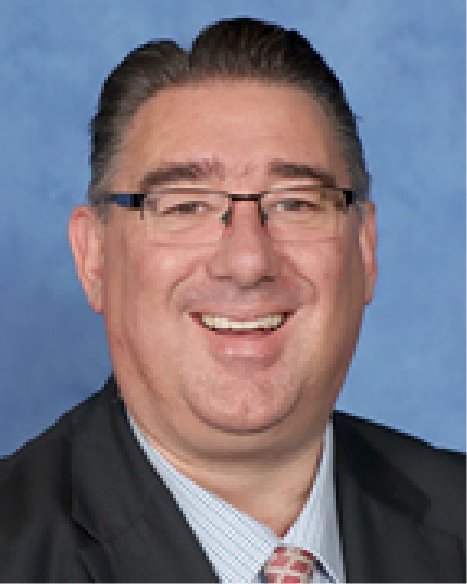School-based educational research
Quietly Radical: The Power of Disciplinary Difference in Educational Research
Exploring the unexpected synergy of two disciplines in the pursuit of deeper educational insight.

This has been on my mind for some time, but a student conference hosted by Barker during the recent school holidays brought it into sharper focus.
During a workshop on conducting research with real-world impact, a student in our session asked about our academic backgrounds. We answered plainly: mine is in the humanities, my colleague’s in the sciences. The student followed up with a thoughtful question: How does that relationship work, then? It was not a question about our friendship or collegial rapport (which, for the record, are both excellent); it was a deeper question—one about how two people with fundamentally different disciplinary lenses come together to collaborate on school-based educational research. It’s a good question, and one worth unpacking.
At first glance, our academic worlds couldn’t be more different. His background is in physics education, grounded in models, measurement, and the pursuit of predictable patterns. Mine is in history—initially ancient, now modern—shaped by narrative, interpretation, and the nuances of human behaviour across time. Where he looks for evidence that can be tested, I look for meaning that can be understood. But it’s precisely this difference that makes our collaboration work. We challenge each other’s assumptions. We bring different instincts to the table. And together, we arrive at a richer, more layered understanding of the questions at the heart of educational research: How do students learn? What helps them flourish? What does good teaching look like in a complex, changing world?
To illustrate this, many examples come to mind. Let’s explore one: The Barker Journey—Barker’s ongoing, 10-year longitudinal study. In this project, we are seeking to understand the student perspective on learning, teaching, and schooling over time. A central component involves semi-structured interviews with the same group of students each year. We design the questions together, interpret the data together, and debate the meaning of what we’re hearing. Both of us look for patterns—my colleague through the lens of quantifiable shifts and generalisable trends, and I through the lens of historical thinking: identifying continuities and turning points, attending to voice, and situating meaning in context. His perspective brings structure and abstraction; mine brings narrative depth and interpretive nuance. It’s in the interplay between these approaches that something deeper emerges—a picture that is at once rigorous and resonant, empirical and human. Neither perspective stands alone; each enriches the other.
In an educational climate where disciplines are too often siloed—or, worse, placed in competition—this kind of interdisciplinary partnership feels quietly radical. It reminds us that no single way of knowing is sufficient on its own. In working together, we’ve discovered that the most meaningful educational research doesn’t flatten our differences; it draws upon them. Science pushes us toward clarity and coherence. History reminds us of complexity and contingency. Together, they help us ask better questions—and offer more thoughtful, grounded insights in return. Perhaps most importantly, our collaboration models something for our students: that deep learning often happens not in uniformity, but in the dialogue between different ways of seeing the world.

Dr Timothy Scott
Tim has held leadership roles in schools across Australia and abroad for 25 years, alongside teaching History and Modern Languages. His research focuses on intercultural learning and pedagogical translanguaging, refugee education, and student voice in improving educational practice. He is a lead researcher for the Barker Institute’s ongoing decade-long longitudinal study, The Barker Journey. Alongside his research work, Tim currently teaches History and IGCSE Global Perspectives. His PhD examined socio-political influences on contemporary German conceptions of history and archaeology.




